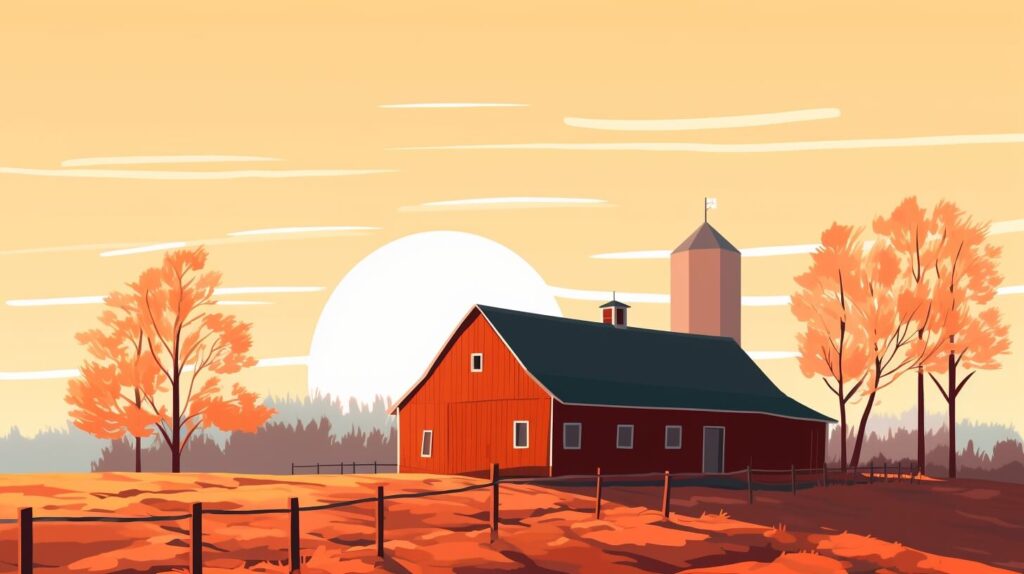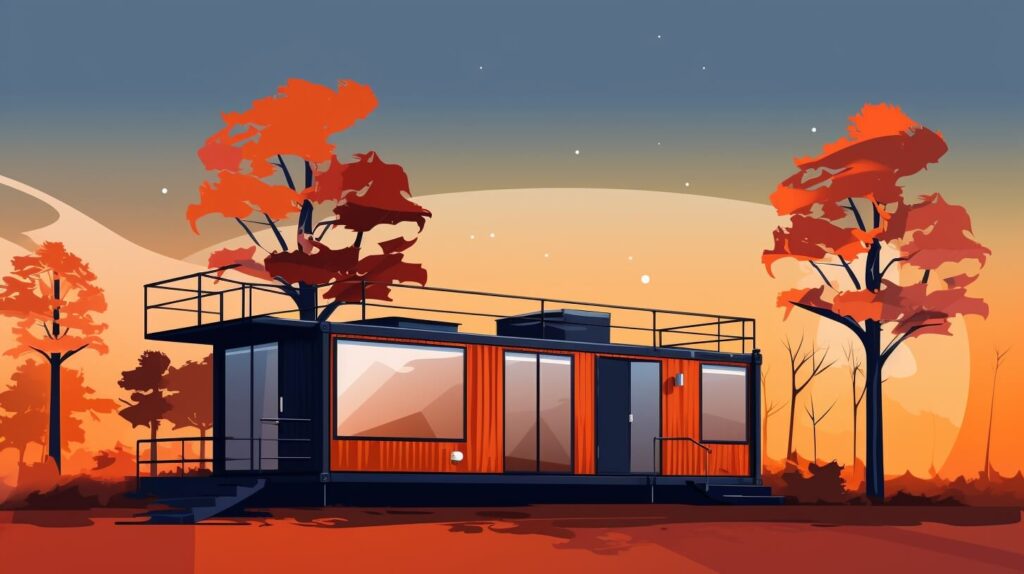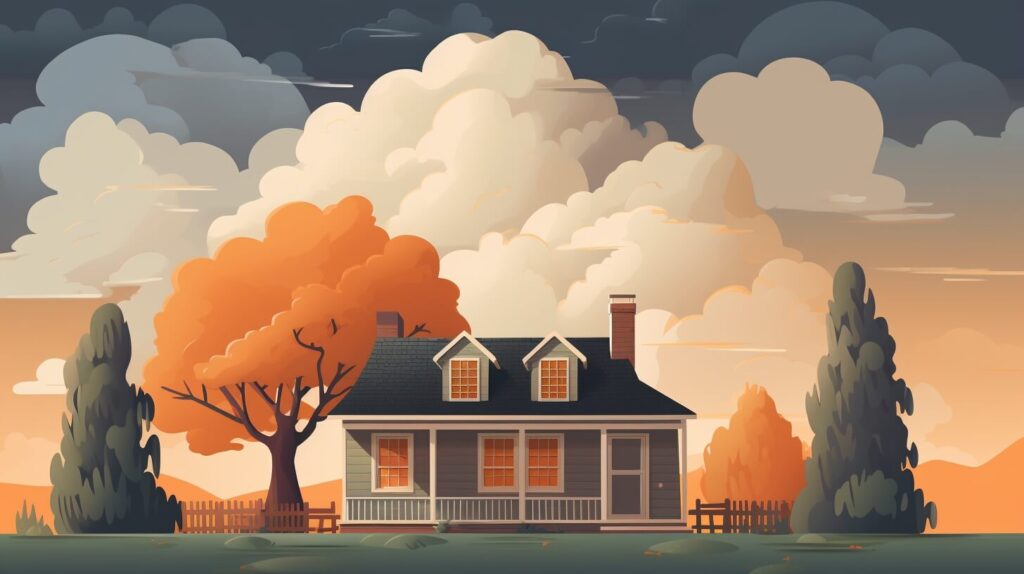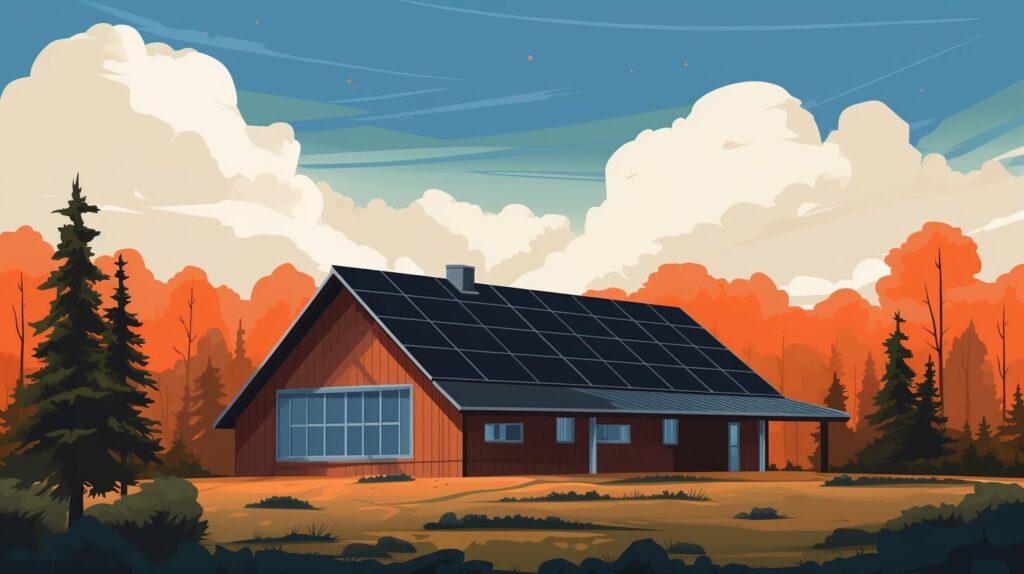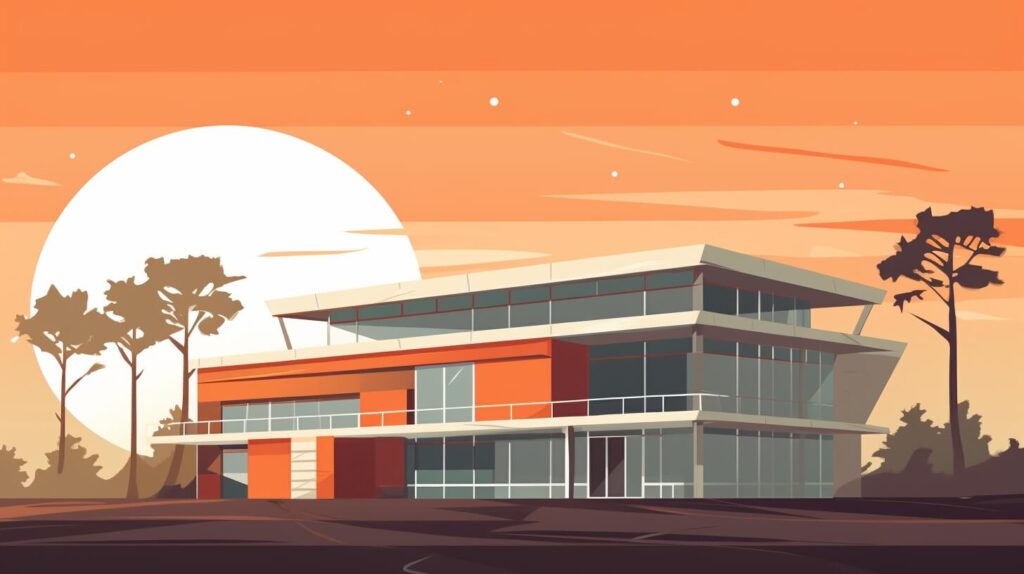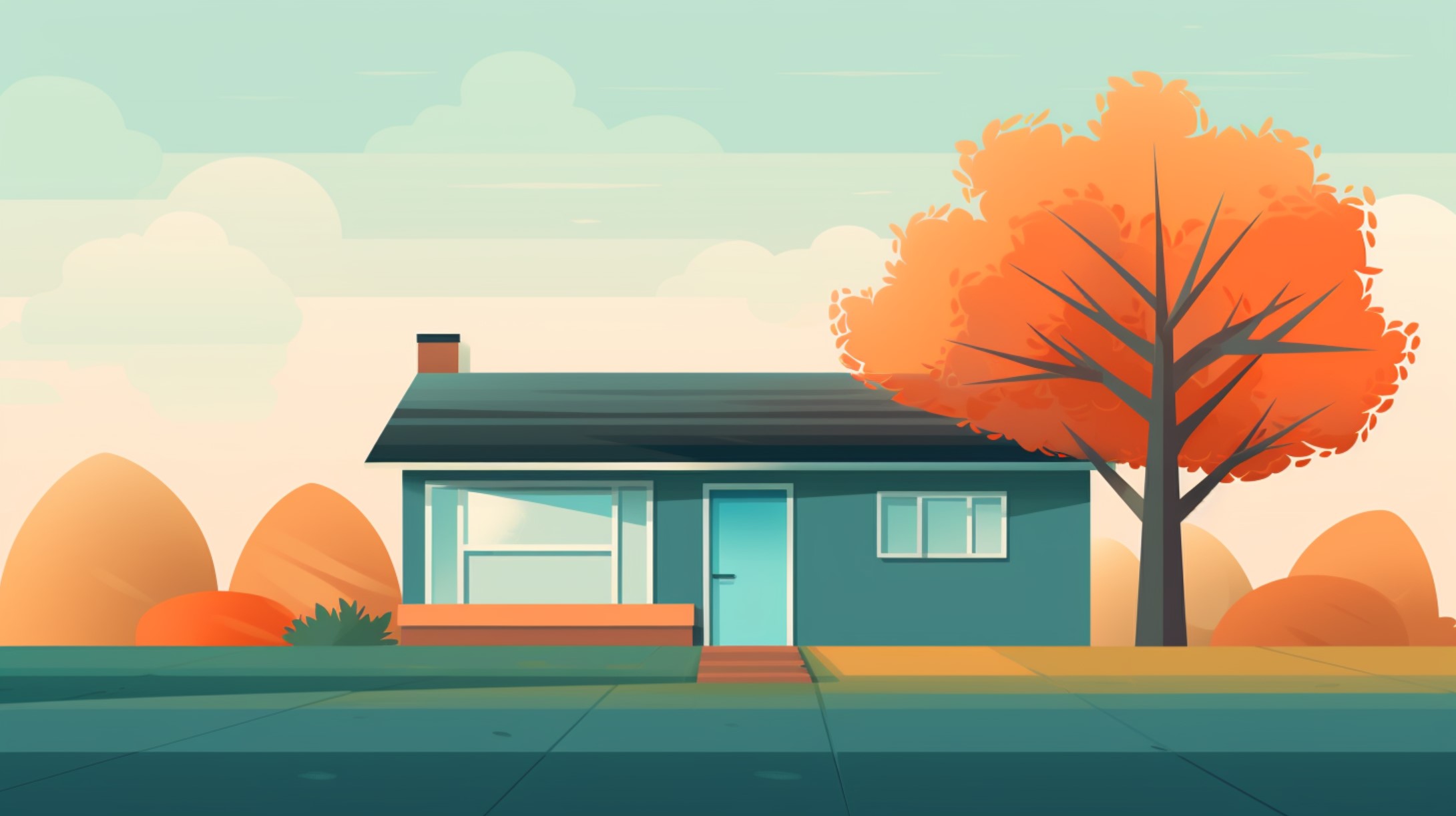
We are reader-supported. When you buy through links on our site, we may earn an affiliate commission.
Anyone who has downsized or sighed in dismay at the sheer amount of junk they have in their basement understands the appeal of the tiny house movement. Such designs can play an integral role in combating climate change, helping individuals become more independent and making a happier planet and people alike.
If you’ve considered switching to this lifestyle, you might have many questions. How can you get started? What are your design options? What benefits can you reap? Why is it so hard to find a suitable property? Do you have to go off the grid?
We have your answers. Here’s your guide to everything you need to know about the tiny house movement.
What Is the Tiny House Movement?
The tiny house movement is many things. It’s one answer to climate change, as everyone must reduce their footprints. It’s an extension of minimalism, welcoming greater peace and inner harmony into your life by eliminating unnecessary things that stress you out. It takes care of the human need for shelter while leaving room for all the other necessary life on earth, allowing for more green space and protecting wilderness areas for education, conservation and future generations.
Of course, there are practical reasons many people seek tiny homes, too. Many folks love the lower costs, both for building such a structure and maintaining it over time.
Tiny homes come in several shapes and sizes. Let’s explore your options.
1. Types of Tiny Homes
There are several types of tiny living for you to explore, including:
- Site-Built Tiny Homes: These are identical to a traditional home in terms of foundation. They’re simply smaller, eliminating unnecessary living areas.
- THOWs: Tiny homes on wheels stand on trailers, not a fixed foundation, allowing you to move them from place to place.
- Prefab Tiny Homes: These are similar to modular construction in that builders complete the components in a factory, and you erect them on your site. Order a house on Amazon? Yes!
- RVs: Originally, RVs weren’t intended for full-time living. However, some people modify them as alternatives to THOWs, improving them for residential use.
2. Tiny Homes Defined: How Big Is a Tiny Home?
Tiny homes vary in size. The average tiny home is between 200 and 400 square feet, but anything between 60 square feet and 600 qualifies. Site-built tiny homes must conform to the International Building Code or local guidelines, while THOWs follow RV rules.
3. Tiny Home Floor Plans
The interiors of tiny homes vary, but many follow variations on similar themes. Site-built tiny homes have a bit more flexibility in interior design as they aren’t restricted by the highway transportation requirements of THOWS, which are no more than 13.6-inches tall by 8.3-inches wide and 40-feet wide, with a 65” max, including the tow vehicle.
As a result, many THOW owners opt for a loft design, elevating the sleeping area above the kitchenette and bath — but they must crawl on their second story. The lower roof height in the kitchenette can make those taller than six feet feel a bit cramped.
Those who opt for site-built tiny homes often choose a loft design for space saving, too, but they have more wiggle room to adjust ceiling height for big and tall family members. Additionally, they need not concern themselves with width, other than keeping their total square footage low.
Therefore, they might stick with the popular loft-over-kitchen style or have a one story with a distinct sleeping area — or even a Murphy bed allowing them to use that floor space for exercise. They might adopt a barn shape if converting a Tuff Shed or similar concept or even an “L” shape with the sleeping area in a small wing to one side. Most stick with a one-room cabin style, but you can get creative.
4. Is a Trailer the Same as a Tiny Home?
Another alternative many tiny home enthusiasts consider are campers. A tow-behind trailer is considerably less expensive than a Class A, B or C model with the engine attached. While even modest camper vans can cost nearly $50,000 and lack shower amenities, you can often find used travel trailers and toy haulers for far less, complete with a full bathroom.
However, manufacturers design such vehicles for recreational use, not full-time lodging. As a result, the walls are thinner and prone to delamination and the lightweight plastics used to reduce towing weight break — often. Experts suggest setting aside at least 1% of your home’s purchase price for maintenance. However, that figure increases for folks living in unimproved campers, as shifting weather conditions alone affect water pumps and water tanks.
Those who intend to live in a recreational trailer full-time need plenty of DIY savvy. However, using such a rig as a jumpstart for a tiny home build provides immediate shelter and a prebuilt floor plan that you can improve upon, transforming it into more of a THOW. Upgrades such as reinforcing the frame with steel and replacing plastic fixtures with higher-quality, household models can transform such a ride into a THOW that’s comfortable to live in.
The Benefits of the Tiny House Movement
There are four primary benefits to the tiny house movement. They work synergistically to create a win-win — what’s healthier for people is also good for the planet.
1. Fewer Raw Materials to Build
Traditional homes cost an average of $500,000 today, and they use a tremendous amount of raw materials. The lumber necessary destroys trees, humankind’s first and best method of removing excess carbon dioxide from the atmosphere.
Even a luxury tiny home rings in at roughly a third of the cost of a traditional home because you need fewer raw materials. Many people achieve even greater affordability by using salvaged or repurposed materials, decreasing their footprint further.
2. Create Fewer Emissions
Did you know that net-zero tiny homes already exist? Keep that tidbit of goodness in mind the next time climate change fears threaten a panic attack. While no one can predict the future, people are working toward solutions.
Even tiny homes that use fossil fuels create far fewer emissions than large homes. Plus, they’re perfect for mini-splits that significantly reduce lost energy by eliminating ductwork and leaks.
3. Eco-Friendly Construction Choices
A pre-fab tiny home is a great choice for many people, as you combine customization ability with convenience. Many such manufacturers share your passion for sustainability and include eco-friendly upgrades in their designs.
Those building from the ground up can also make sustainable choices. For example, you need a roof anyway — solar panels can provide most of your energy, even if you use a backup power method.
4. Saves Money
Perhaps the most attention-grabbing features of the tiny home movement are the financial savings. They cost less to build and maintain.
Plus, there’s a hidden bonus if you build from scratch. When you put something together, you know how to dismantle and troubleshoot it if something breaks, eliminating the need for an outside repair person — and the associated service fee.
5. Eases Stress and Anxiety
How does clutter make you feel? You aren’t alone if it makes you a little crazy. Research shows that living in a chaotic environment affects your anxiety levels, disturbs sleep and destroys your ability to focus.
Anxiety is a modern epidemic, between the uptick in violence since the pandemic, international unrest and climate change fears. Anything that can calm and soothe your nervous system is a perk you can’t put a price tag on.
6. Leaves More Space for Other Things
People often mistakenly think they need more, more, more to satisfy their needs. However, the problem is often making inefficient use of the space they have.
Tiny living forces efficiency while creating more room for other things you love. For example, would you like a windmill in the corner of your garden to generate wind energy as a solar backup? You now have plenty of lot space for that and a victory garden — maybe even a meditation space or a small pond. Got toys? Say goodbye to self-storage fees as you now have room for a locked shed on your property.
Why Aren’t There More Tiny Homes? Issues Delaying the Tiny Home Movement
Given the incredible benefits the tiny house movement offers, why aren’t such communities popping up everywhere? Several roadblocks stand in the way, given how the current system works. However, the system consist of people, and the barriers people erect can be readily removed with a mindset shift and the resulting right actions.
With that message of hope in mind, here’s what’s currently delaying the tiny house movement from solving America’s housing crisis and letting more people house themselves sustainably.
1. Building Codes
There are two types of local codes stymying the tiny house movement. One is building codes. While these exist in part for safety — for example, each structure must pass plumbing and electrical inspections to avoid floods and fires — they also protect surrounding property values. Simply put, those who live in million-dollar homes fear the financial impact of lower-cost nearby properties driving down their value.
Therefore, municipalities often include other stipulations for building in many areas. For example, they may demand a minimum square footage requirement and prohibit certain design features. Removing this barrier requires a collective effort, working in conjunction with changing zoning regulations to better appropriate land use, with areas for each building type within city limits.
For example, many people worry about the resale value of tiny homes. However, price often follows demand. Right now, two things are happening to increase the need for these structures: the retiring baby boomer generation and the reality of climate change. Many older adults seek to downsize to minimize time spent on upkeep, making more time for grandkids. Furthermore, decreasing humanity’s carbon footprint by any means necessary is critical to ongoing survival.
However, it’s equally crucial for those in mansions on the hill to see the value tiny homes provide for protecting their lifestyles. Unstable economic conditions from housing shortages decrease public safety and increase property crime — which decreases area values far more than nearby, peaceful tiny communities.
Furthermore, a lack of affordable housing decreases the available services in the region as there isn’t the workforce to stock shelves and wait tables. While everyone wants to preserve their independence and pocketbook, it’s equally important to realize that all of us exist as part of a larger system, and maintaining the health of all parts of that system leads to flourishing communities.
2. Zoning Codes
Zoning codes work in tandem with building codes to determine what type of residences you can build where. These affect the tiny house movement in a slightly different way.
For example, many municipalities restrict on-street RV and THOW parking. It’s understandable, as they must maintain thoroughfare visibility for passing traffic. However, some also restrict what homeowners can do on their property — for example, they cannot install an accessory-dwelling unit in their backyard. Such restrictions stymie those who want to build a sustainable tiny home on their property for adult children, older relatives or a long-term rental for a friend in need.
3. Economic Realities
The third roadblock to the tiny house movement is perhaps a bigger burden than initiating local change. It requires a careful examination of the economic system and perhaps tweaking it a bit to make it work better for people, not just profit. In the interim, it needs the action and pressure of builders willing to look beyond their bottom line to what’s right for society and humanity as a whole.
Under the current economic model, profit reigns supreme. Many builders don’t construct tiny homes because they simply don’t make as much money from such projects as larger ones. Nor is greed the only motivator — they have to raise sufficient revenues to pay their crews and purchase materials.
However, this barrier, too, is human-created, meaning human beings can remove it. While widescale change will need to come from above in the form of government contracts and incentives for builders to erect such developments, private citizens and business owners alike can initiate it by pressuring their representatives and using their vote wisely to facilitate the necessary changes.
Where to Live If You Want a Tiny Home
If you live in the United States, you probably know the rules vary from state to state. Some areas are more amenable than others to the tiny house movement. Currently, the regions that are most accepting include the following:
- Florida
- Oregon
- Texas
- California
Other states aren’t far behind. For example, Arizona gets an influx of people relocating from California, and these transplants bring their ideas with them. Some cities have already surveyed their citizens to gauge interest in tiny home developments. Change happens faster when the public demands it and keeps up the pressure.
Occasionally, you may convince the local zoning board to issue a variance to allow for development. Individual citizens can apply, as can contractors interested in breaking ground on a tiny home development. Networking with other tiny home enthusiasts, including residents and builders, helps you find suitable properties while demonstrating increased need for such projects in your area.
Those with land in any state may be able to build a tiny home, albeit far off the beaten path. Not everyone who wants to live in a tiny home desires to go off-grid, but it is an option if the region where you prefer to live is firmly against them in populated areas.
Going off-grid also presents an opportunity for those who own such land to generate a profit while supporting the tiny house movement. How? By building such structures where permitted and renting them, they can earn passive income while supporting sustainable living and helping to ease the housing crisis. While not everyone can live far from city centers, those who now telecommute can — and many of them need affordable housing.
Private ownership gives you considerable agency. Using it to improve the greater good is a privilege not many enjoy — embrace the chance to be the change!
Starting a Tiny Home Community Near You
Maybe you own a residential construction company or regularly network with the planning and zoning committee. Perhaps you’re simply passionate — if so, your first order of business is to meet these movers and shakers and form friendly relationships to press for the changes you want to see. The tiny house movement can make life better for all, but it takes a village to make it a reality.
You’ll need to take the necessary steps collectively to start a tiny home community where you live:
- Locate a suitable plot.
- Ensure the plot conforms with applicable building and zoning codes or obtain necessary variances before breaking ground.
- Gather a community of interested individuals.
- Install the requisite utilities.
- Craft CC&RS.
The Tiny Home Movement: All You Need to Know
Are you interested in tiny living? This lifestyle offers oodles of benefits, from improving human health with the planet’s.
Many of the barriers to such communities are human in origin, meaning equally passionate humans can make the tiny house movement a reality. Use your new knowledge of this lifestyle to do your part to build the future.
To learn more about the tiny house movement, follow us on X.

